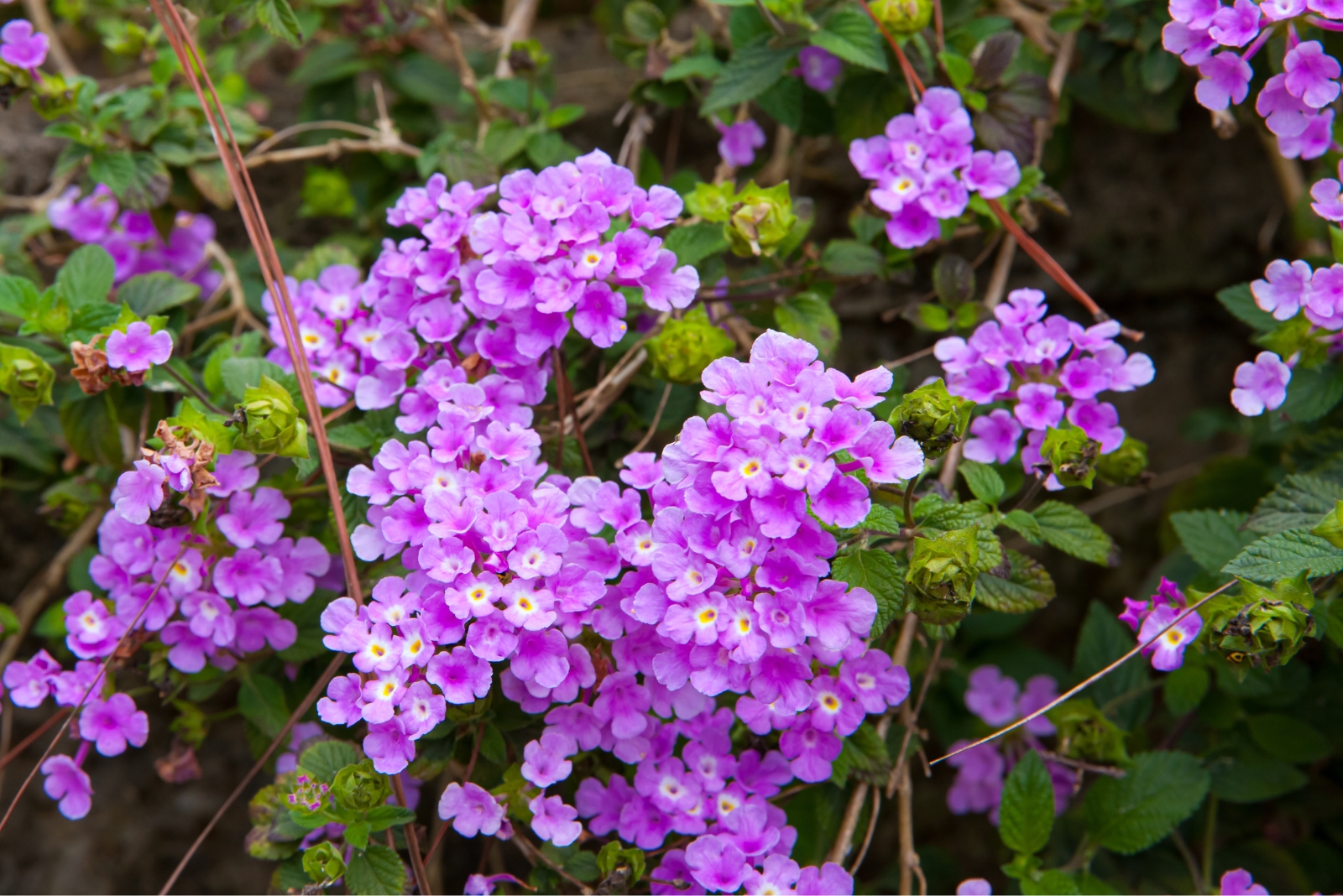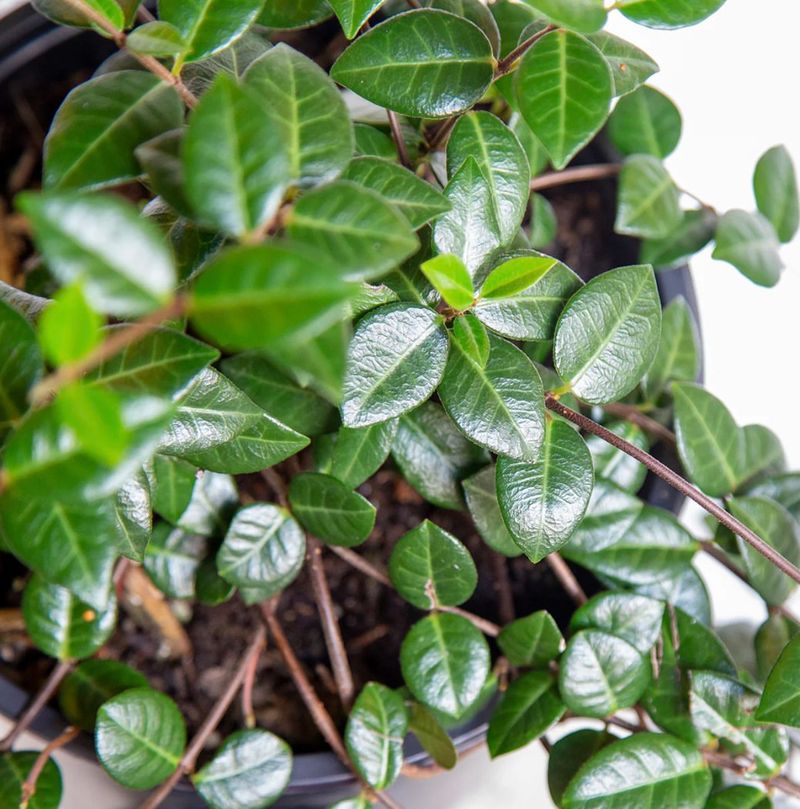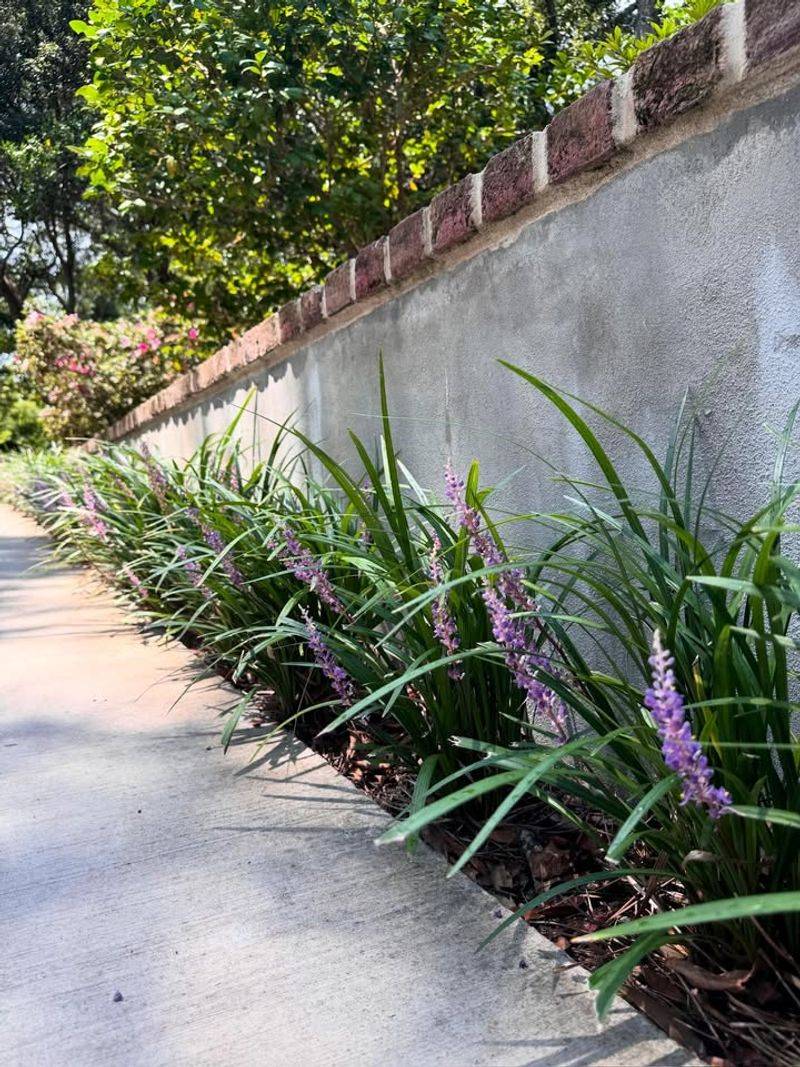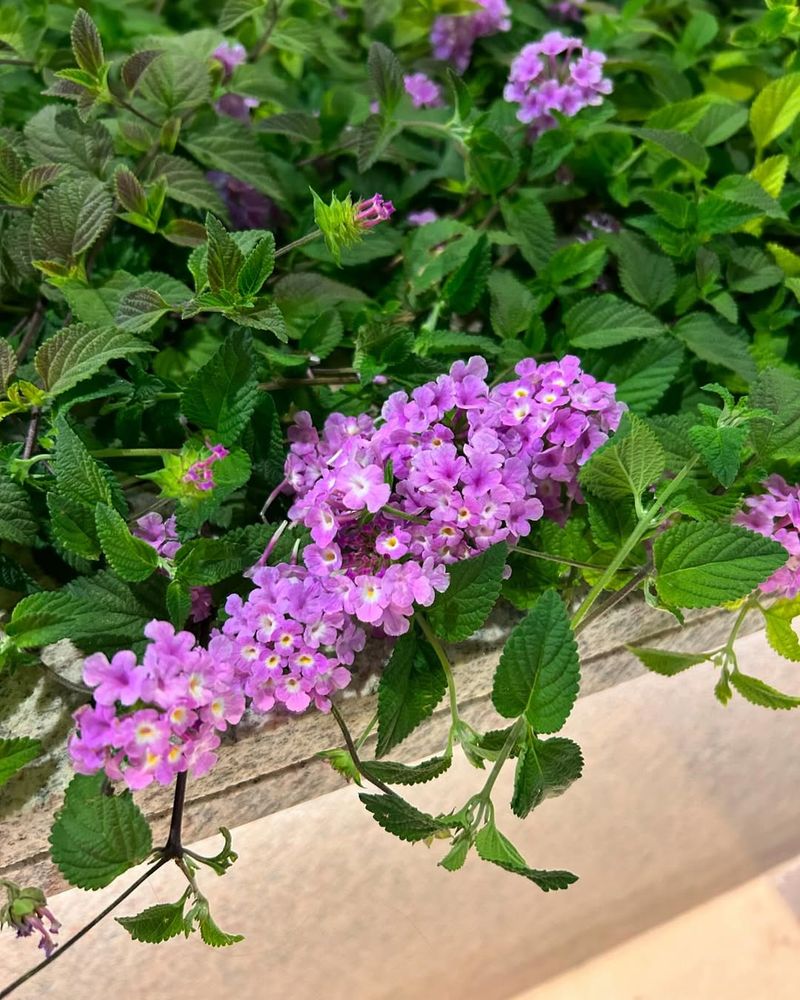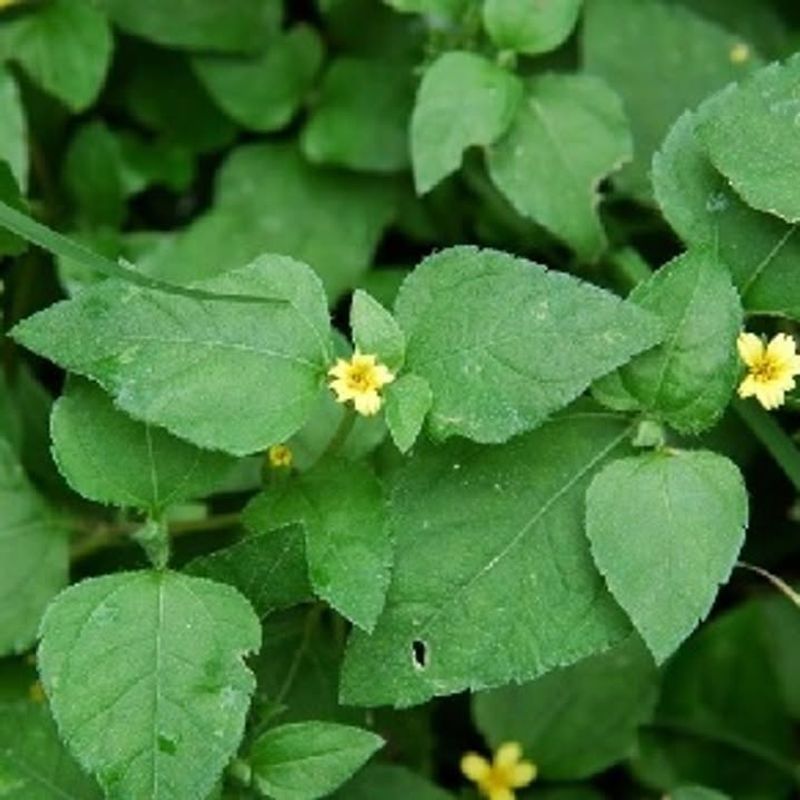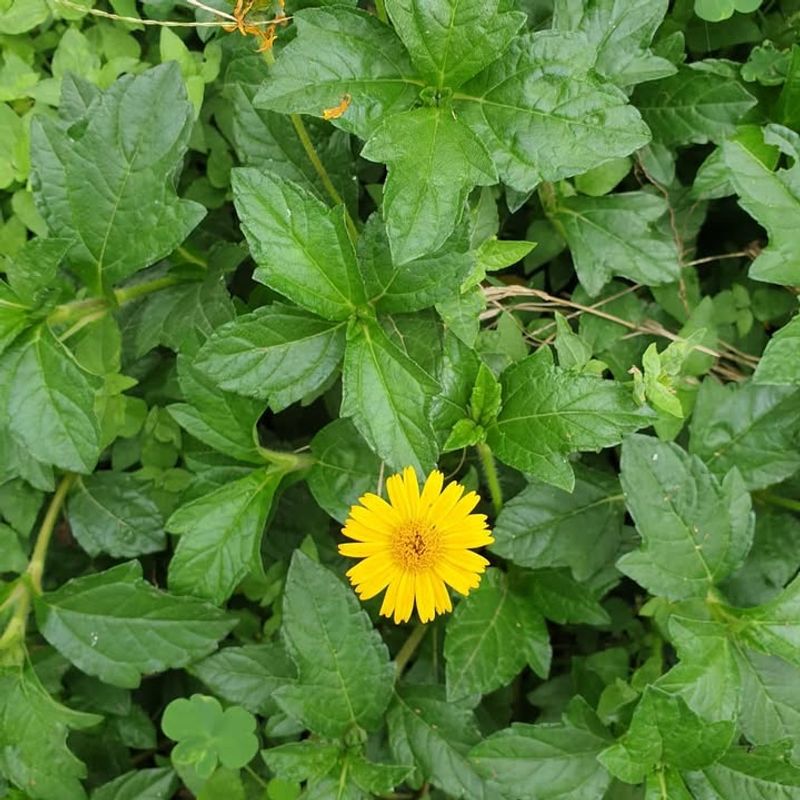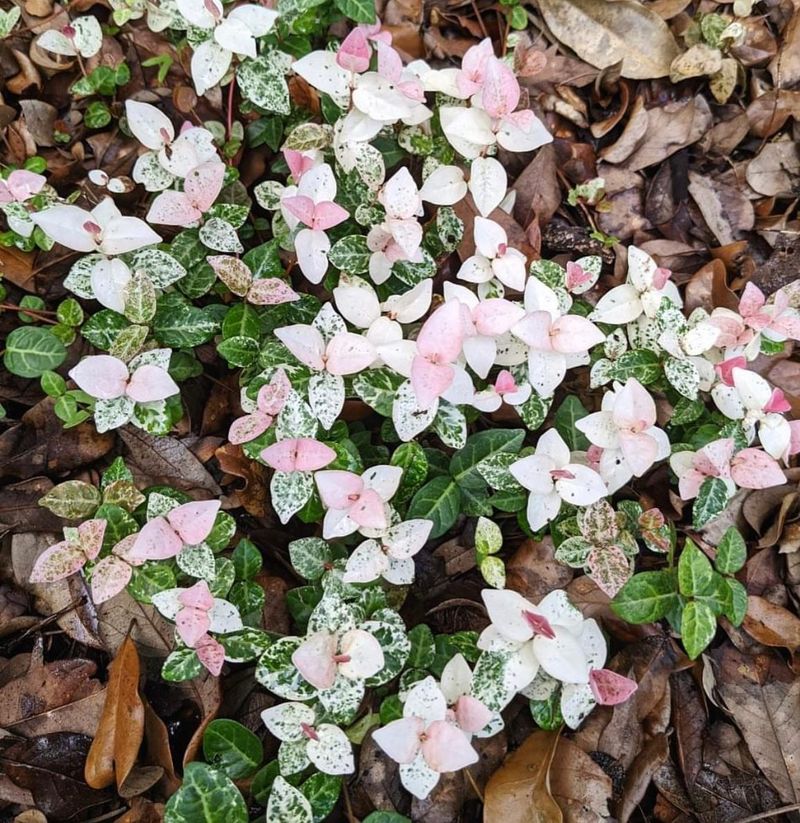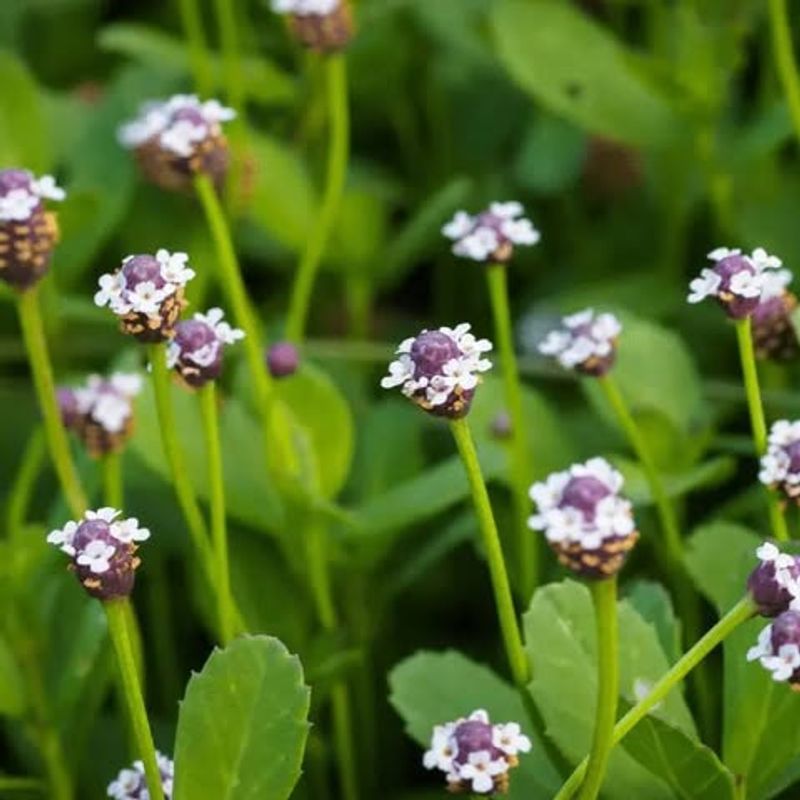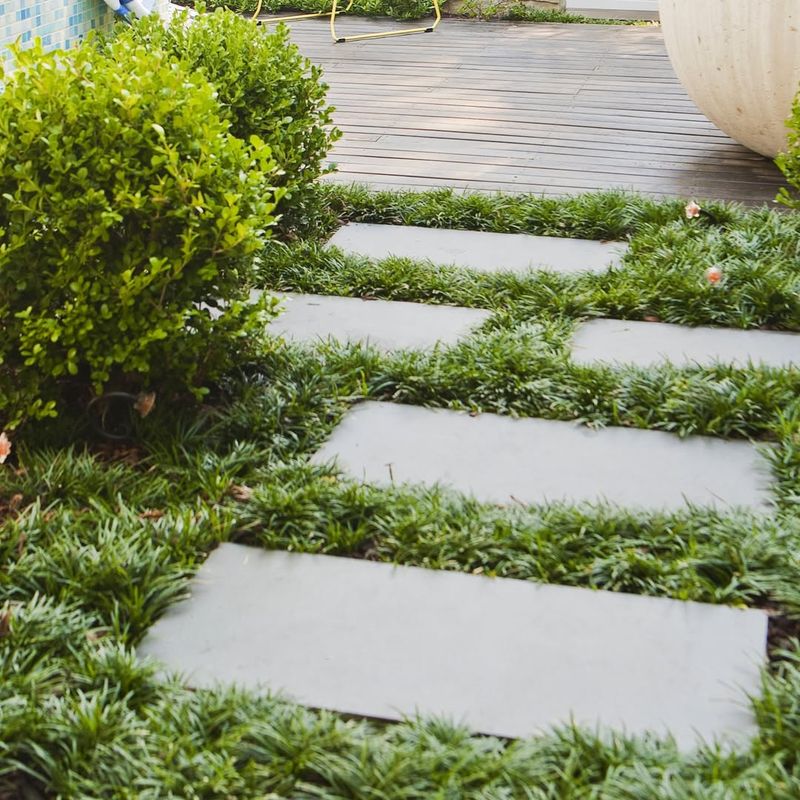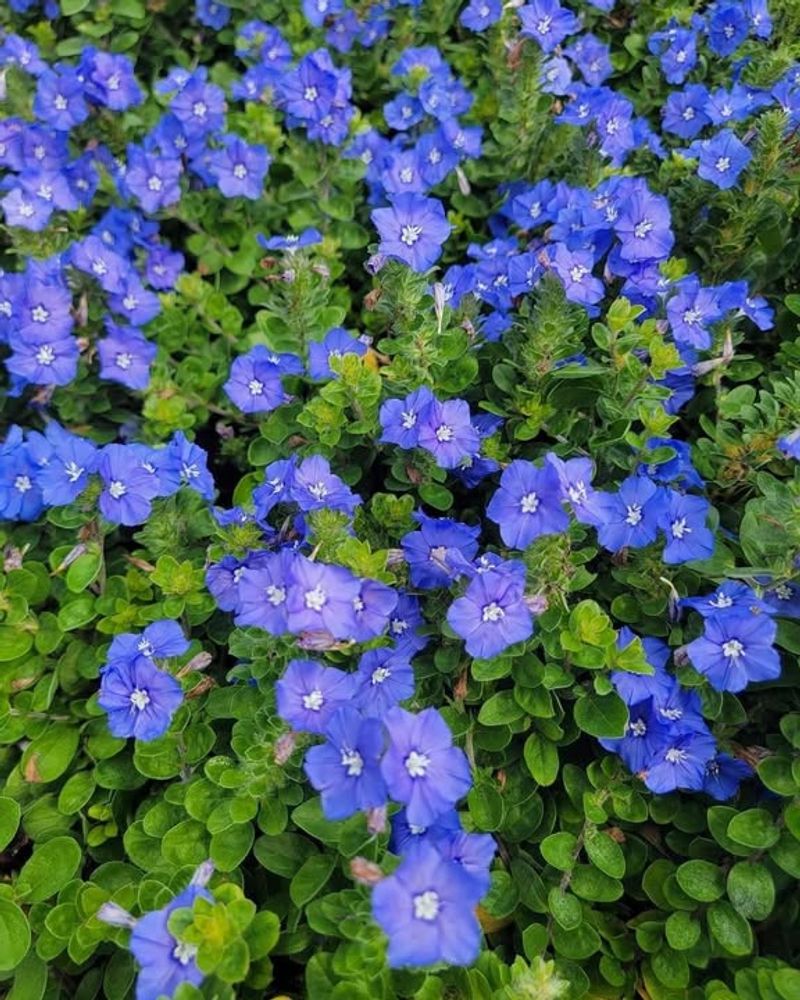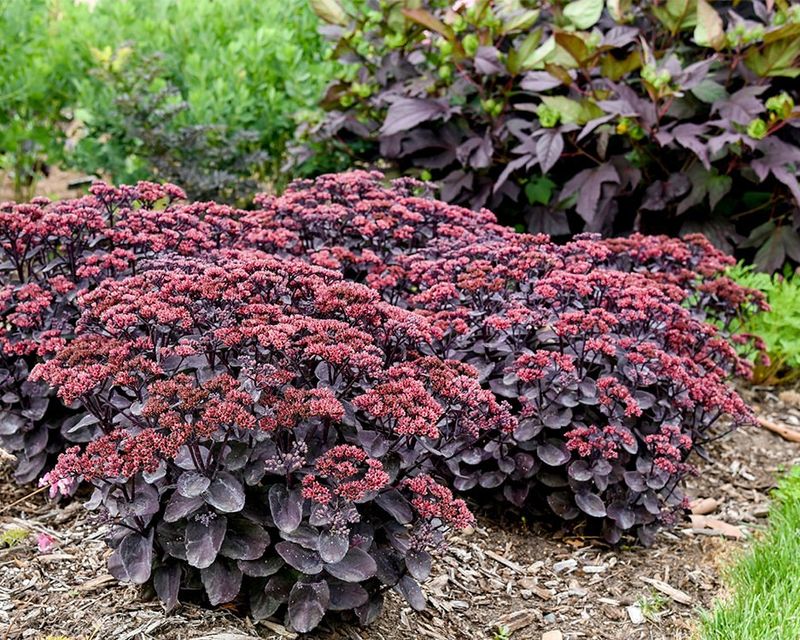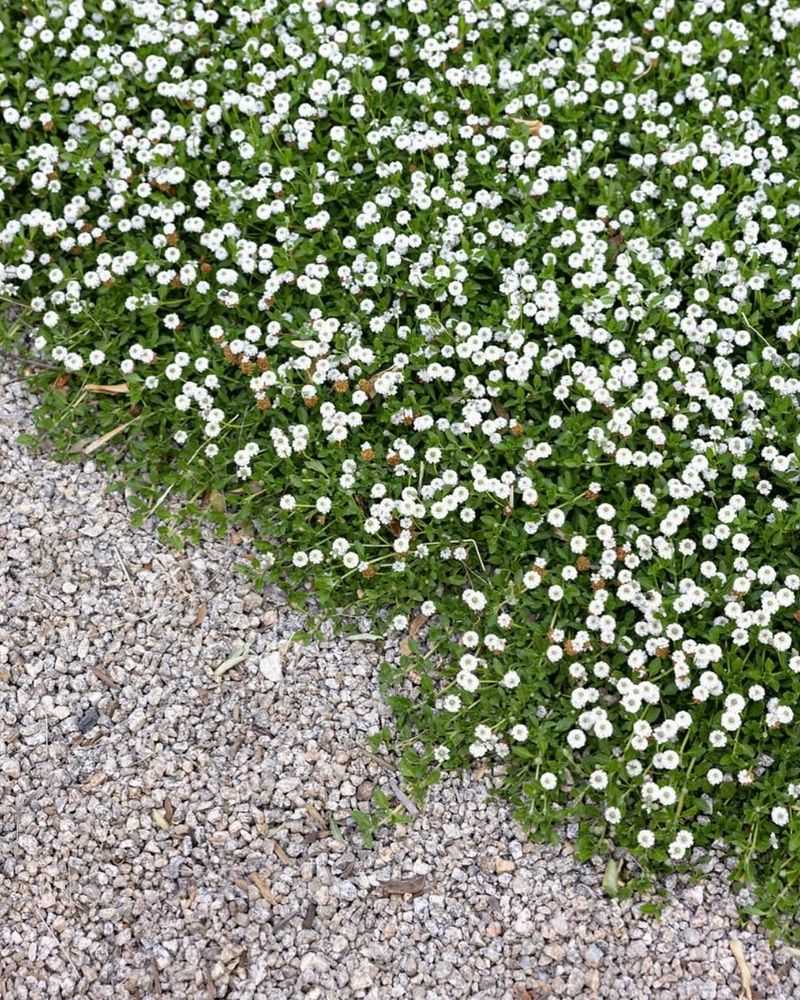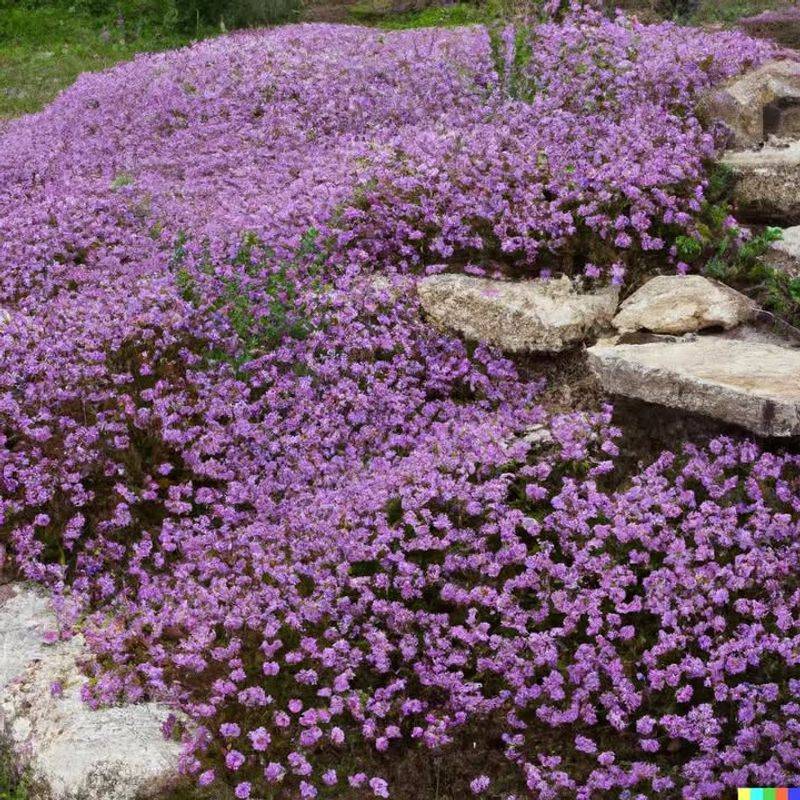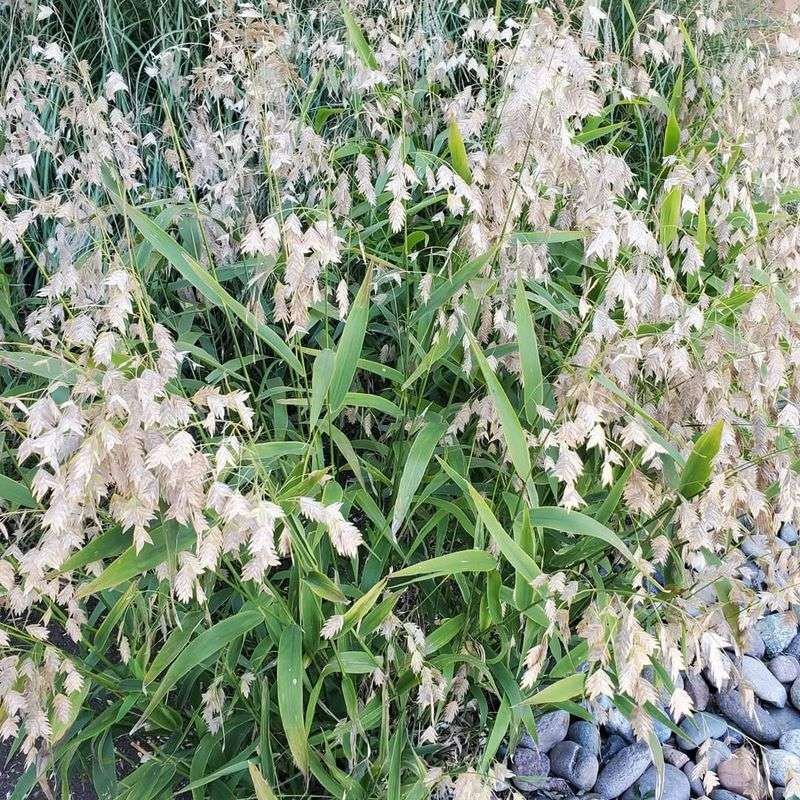Texas summers can be brutal on lawns, leaving ugly patches of bare dirt that bake in the sun. Ground covers offer a smart solution by spreading quickly to fill those empty spaces while requiring less water than traditional grass.
Whether you want to reduce yard work, prevent erosion, or add color to your landscape, fast-growing ground covers can transform your outdoor space in just one growing season.
1. Asiatic Jasmine
Asiatic jasmine creates a thick, lush carpet that chokes out weeds and thrives in Texas heat. Its glossy green leaves stay attractive year-round, making it one of the most popular choices for homeowners.
Once established, it spreads rapidly through runners that root wherever they touch soil. You can plant it in full sun or shade, and it tolerates drought once its roots dig deep. Mow it occasionally to keep the height even and encourage fuller growth across your landscape.
2. Monkey Grass
Monkey grass forms neat clumps of grass-like leaves that work beautifully as borders or mass plantings. It produces purple flower spikes in late summer that add unexpected charm to your yard.
This tough plant handles Texas heat, humidity, and even occasional freezes without complaint. Plant it under trees where regular grass struggles, and watch it multiply steadily each year. Dividing clumps every few years gives you free plants to spread throughout your property.
3. Purple Trailing Lantana
Butterflies flock to this colorful spreader that blooms nonstop from spring until frost hits. Purple trailing lantana cascades over edges and fills bare spots with cheerful purple flowers that practically glow in sunlight.
It grows incredibly fast in Texas heat, spreading several feet in a single season. Drought tolerance makes it perfect for areas you forget to water regularly. Trim it back in late winter to encourage bushier growth when warm weather returns to your garden.
4. Horseherb
Native Texans swear by horseherb for its ability to survive anything Mother Nature throws at it. Tiny round leaves create a dense mat that stays low to the ground, requiring almost no maintenance once established.
It spreads by underground stems that pop up everywhere, filling gaps quickly. Foot traffic barely bothers it, making it ideal for pathways between garden beds. Small white flowers appear in spring, attracting beneficial insects to your landscape throughout the growing season.
5. Wedelia
Bright yellow flowers pop against dark green foliage, creating a sunny display that lasts for months. Wedelia spreads aggressively through stems that root at every node, covering large areas surprisingly fast.
Full sun brings out the best blooms, though it tolerates some afternoon shade in scorching Texas summers. Water it regularly during establishment, then cut back as roots develop. Freezes may damage foliage, but it bounces back quickly when spring warmth arrives in your garden.
6. Asian Jasmine Variegated
Cream and green leaves add visual interest where solid green plants might look boring. Variegated Asian jasmine offers the same toughness as its solid-green cousin but with extra pizzazz that brightens shady spots.
It spreads steadily without becoming invasive, filling spaces at a manageable pace. Plant it where you need color contrast against darker plants or mulch. Occasional trimming keeps it looking neat, though many gardeners prefer the natural, flowing appearance it develops over time in Texas landscapes.
7. Frog Fruit
Pollinators go crazy for the tiny flowers that cover frog fruit throughout warm months. This native Texan stays under three inches tall, creating a living carpet that handles foot traffic better than you might expect.
It spreads rapidly through rooting stems, filling bare patches in weeks rather than months. Plant it in areas where you want to reduce mowing while supporting local wildlife. The small leaves stay green even during mild winters, providing year-round coverage in most Texas regions.
8. Dwarf Mondo Grass
Almost black-green foliage creates dramatic contrast against lighter plants and hardscaping materials. Dwarf mondo grass grows slowly compared to other options, but its tidy appearance and minimal care requirements make it worth the wait.
It forms tight clumps that eventually merge into a solid carpet about two inches tall. Shade-loving by nature, it thrives under trees and along north-facing walls. Divide established clumps to speed up coverage, spacing new divisions six inches apart for quicker results across your property.
9. Blue Daze
Sky-blue flowers open each morning, creating a stunning display that rivals any traditional flower bed. Blue daze hugs the ground while spreading outward, forming a silvery-green mat dotted with vibrant blooms.
Texas heat and sun bring out its best performance, with flowers appearing from spring through fall. It needs well-draining soil to prevent root rot during occasional heavy rains. Plant it in rock gardens or along borders where its cascading habit can shine, attracting hummingbirds and butterflies to your outdoor spaces.
10. Sedum
Succulent leaves store water like tiny reservoirs, making sedum practically indestructible during Texas droughts. Different varieties offer colors ranging from green to burgundy, with star-shaped flowers adding seasonal interest.
It spreads slowly but surely, filling cracks in pathways and cascading over retaining walls. Plant it in the hottest, driest spots where nothing else survives. Broken pieces root easily, so propagating new plants costs nothing but a few minutes of your time and patience.
11. Kurapia
Lawn replacement dreams come true with kurapia, which spreads up to two feet per month during peak growing season. Its dense growth chokes out weeds while requiring far less water than traditional turfgrass.
Tiny white flowers attract bees without creating the showy display that some homeowners find overwhelming. It tolerates moderate foot traffic, making it suitable for areas between stepping stones. Mow it monthly if you prefer a manicured look, or let it grow naturally for a softer, meadow-like appearance throughout your Texas yard.
12. Creeping Thyme
Walking across creeping thyme releases a wonderful herbal scent that transforms ordinary pathways into sensory experiences. Pink or purple flowers blanket the foliage in late spring, creating a magical carpet that seems straight from a fairytale.
It thrives in poor, rocky soil where other plants struggle to survive. Plant it between pavers or in rock gardens where its low profile and spreading habit shine. Bees love the flowers, making it an excellent choice for pollinator-friendly landscapes throughout Texas regions.
13. Inland Sea Oats
Graceful seed heads dangle from arching stems, catching light and movement in ways that add life to shady areas. Inland sea oats spread through underground rhizomes and self-seeding, creating natural-looking drifts over time.
Native to Texas woodlands, it handles shade better than most grasses while tolerating occasional sun exposure. Bronze fall color provides seasonal interest before plants go dormant in winter. Allow seed heads to remain through winter for wildlife food and visual appeal, cutting back old growth when spring arrives.

